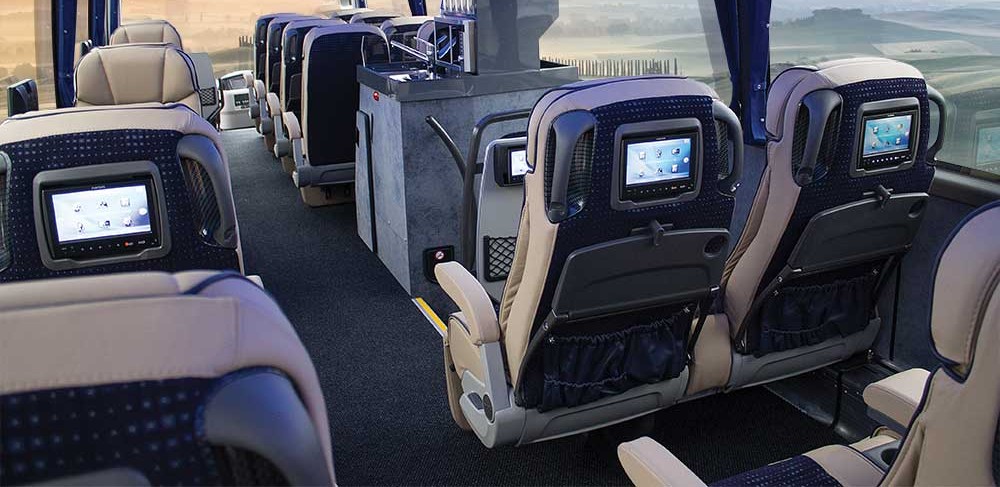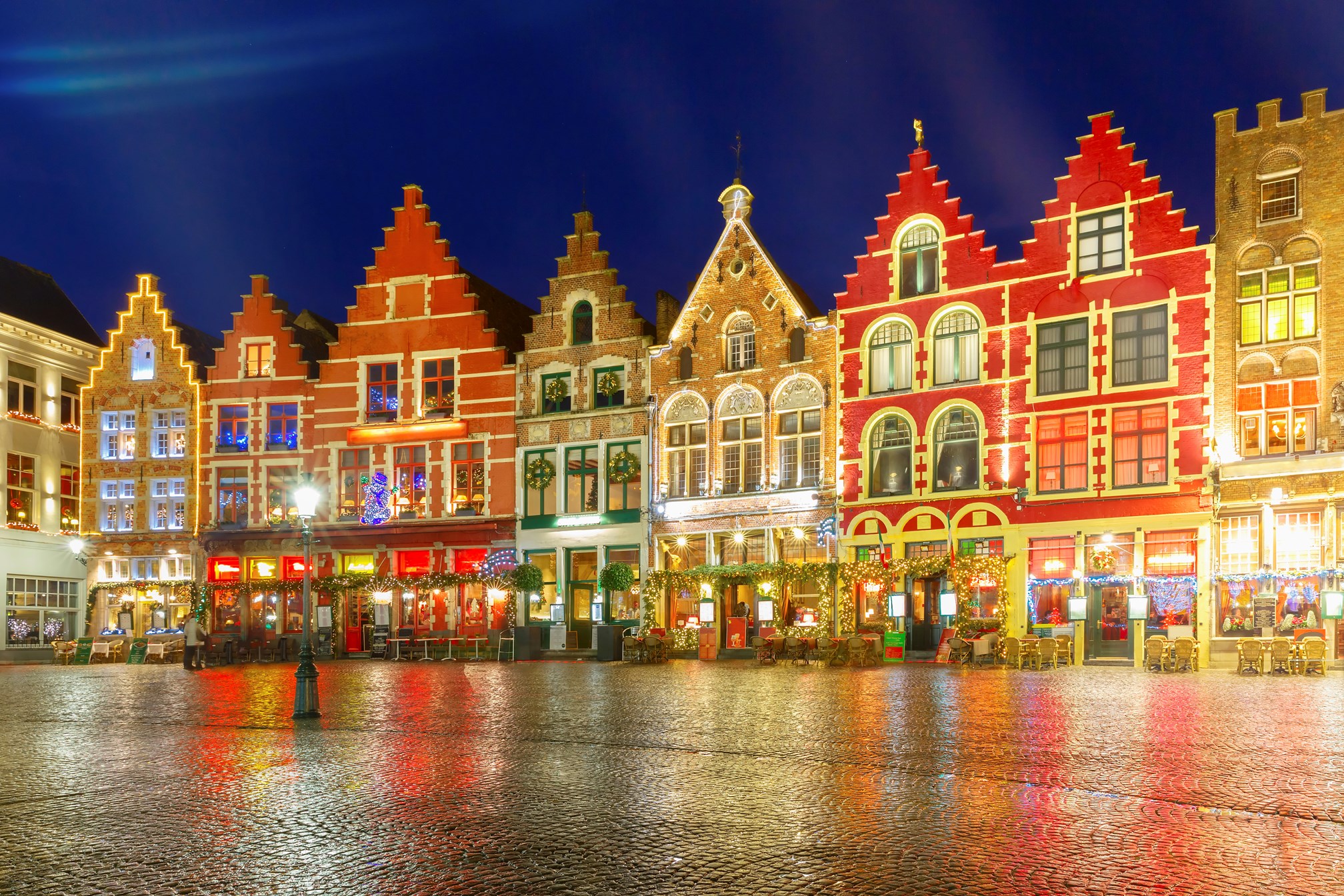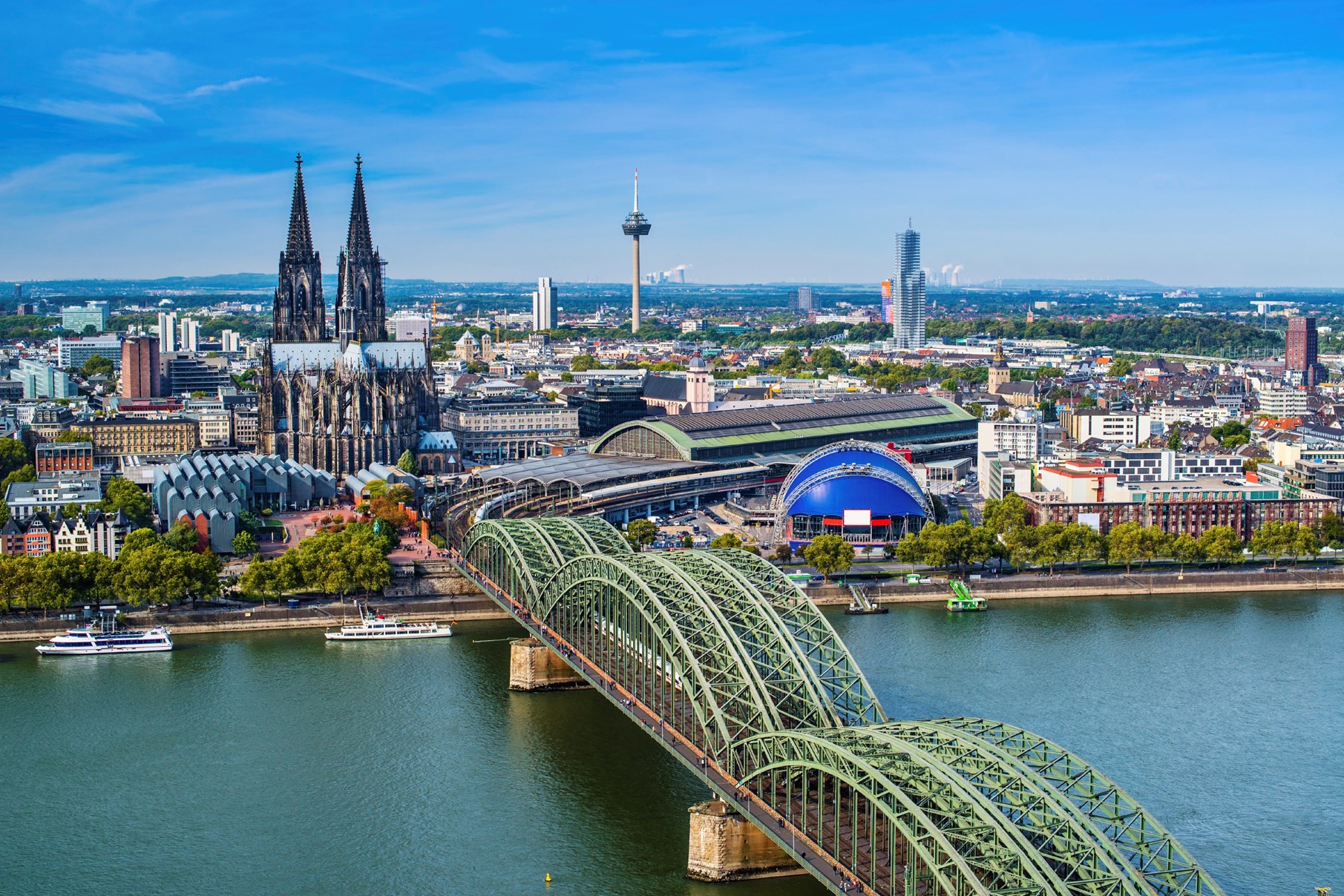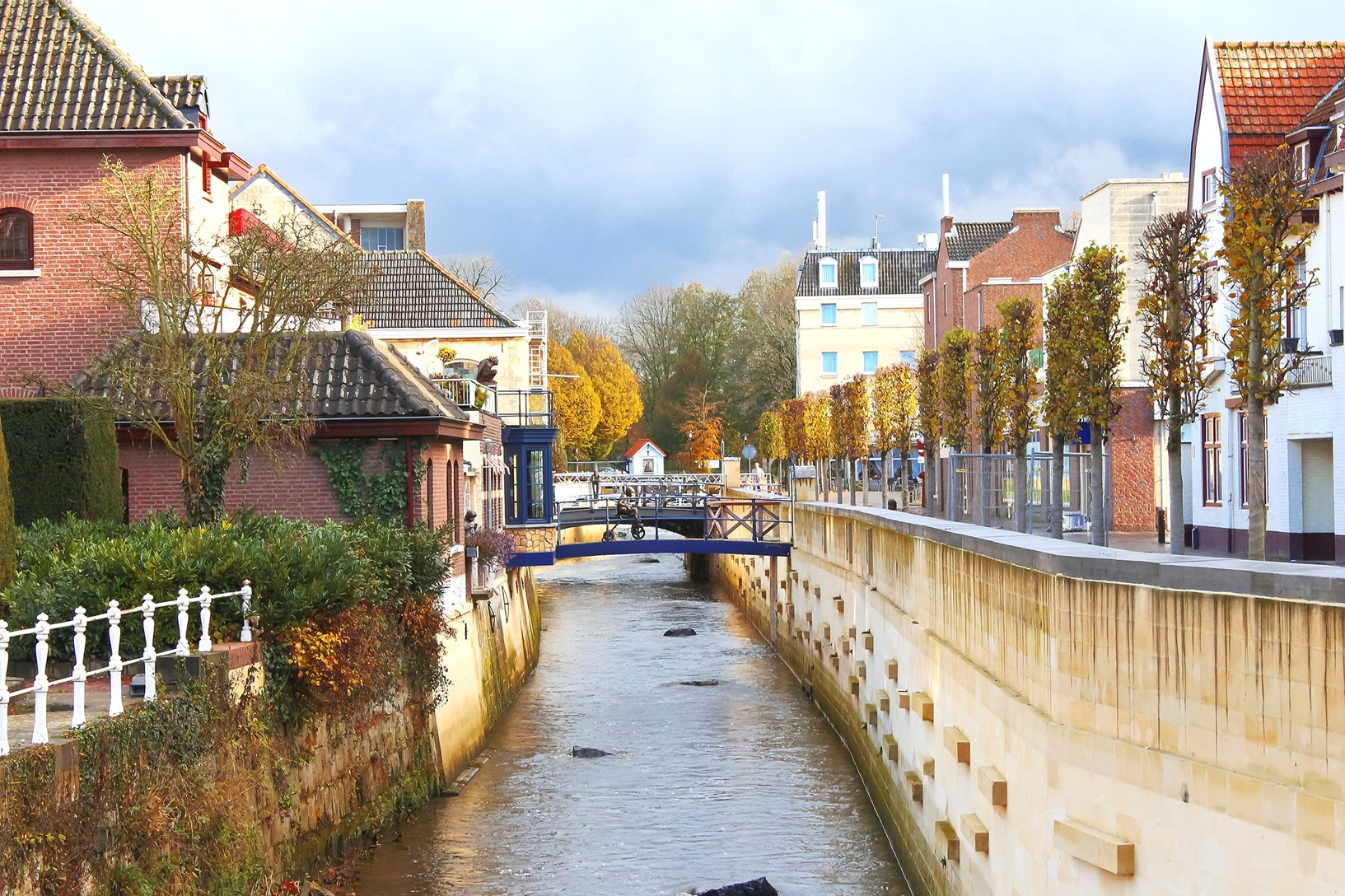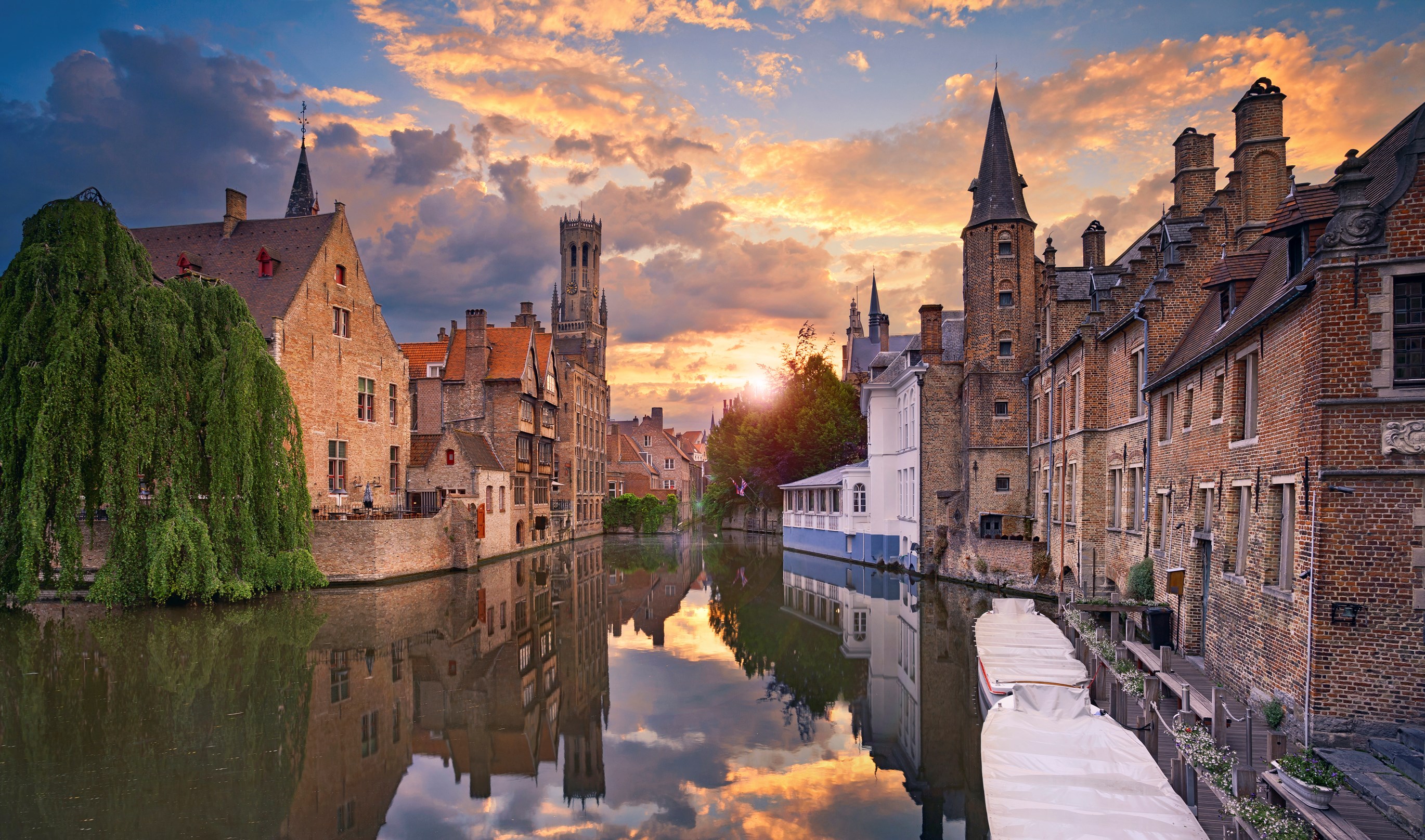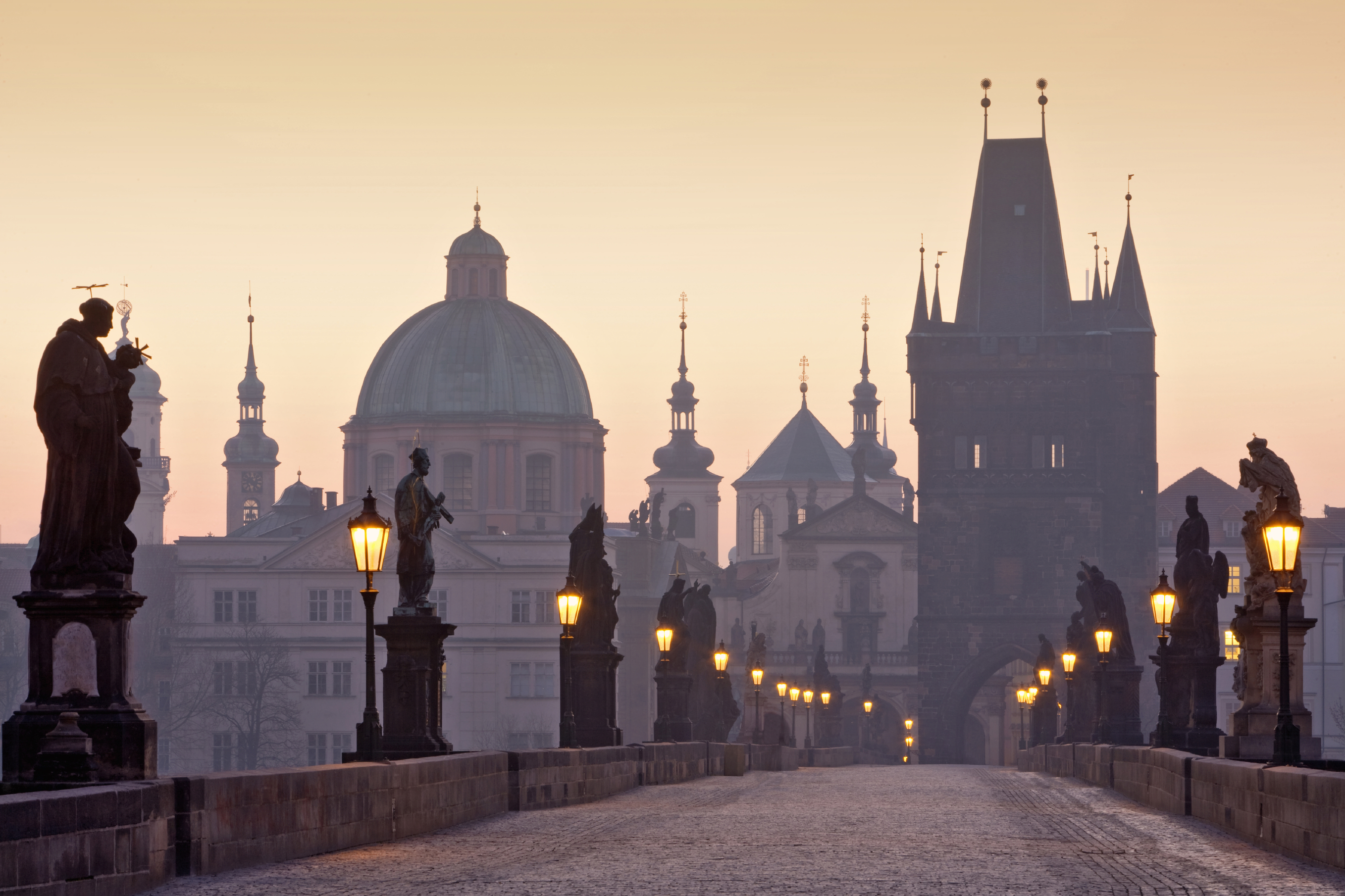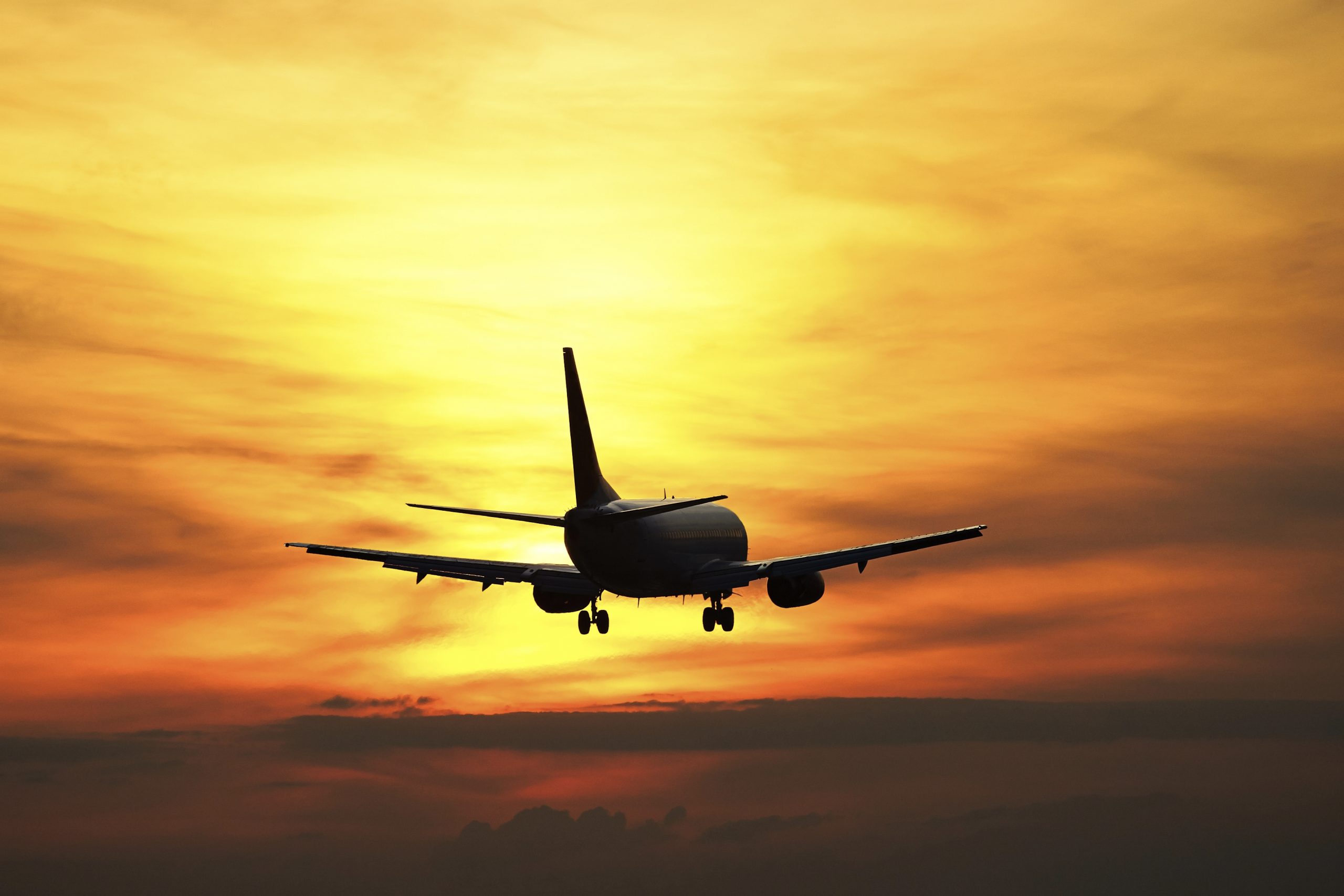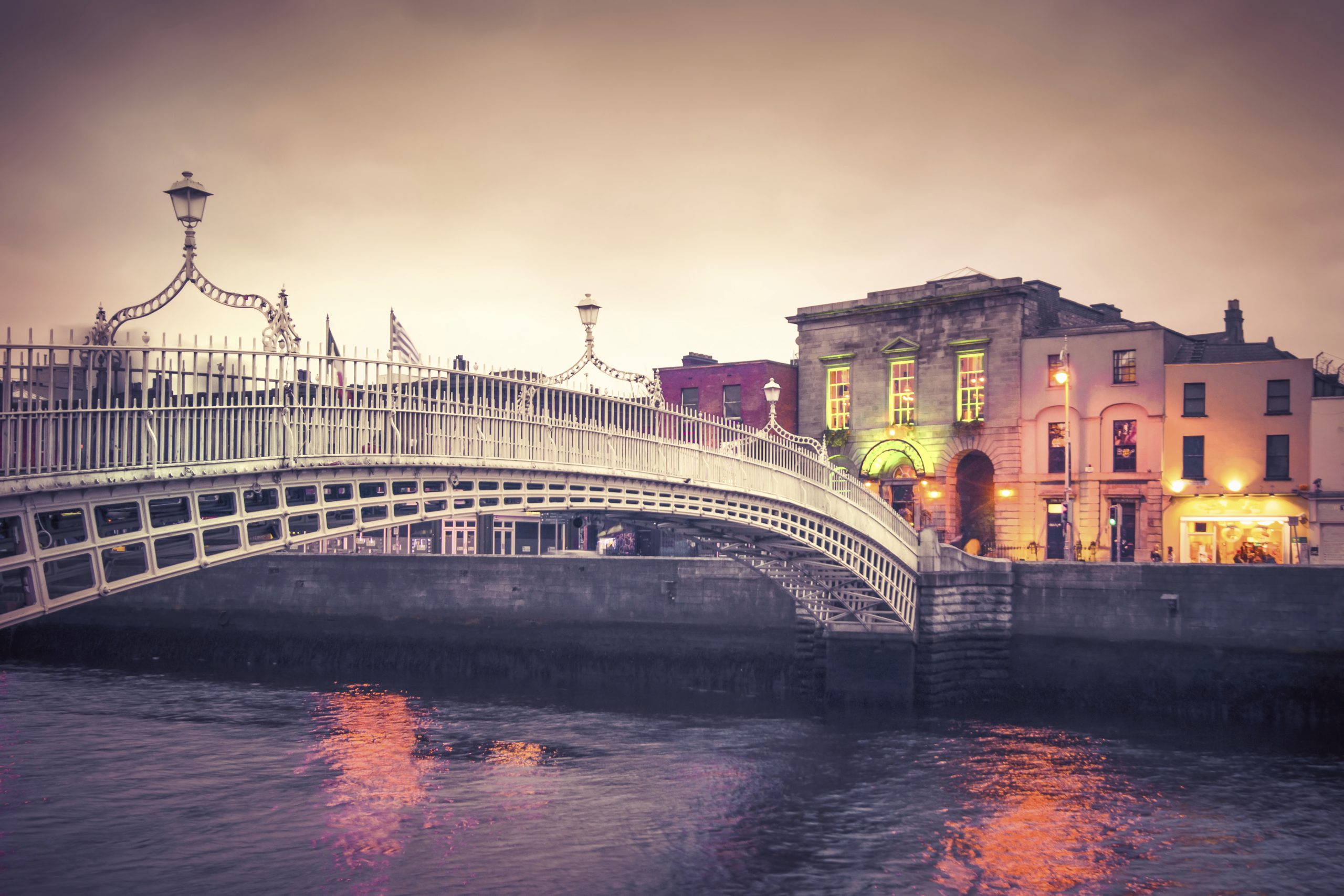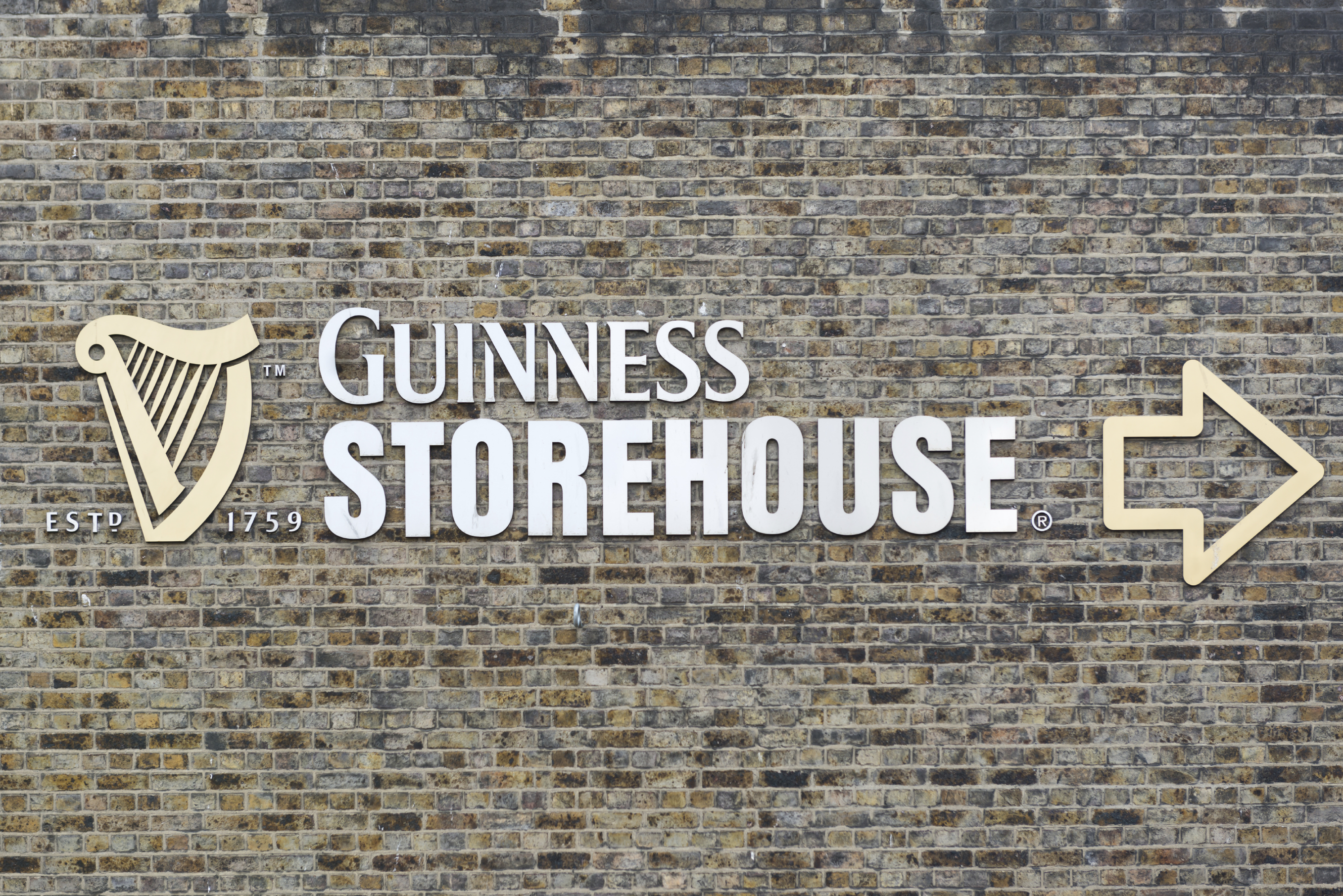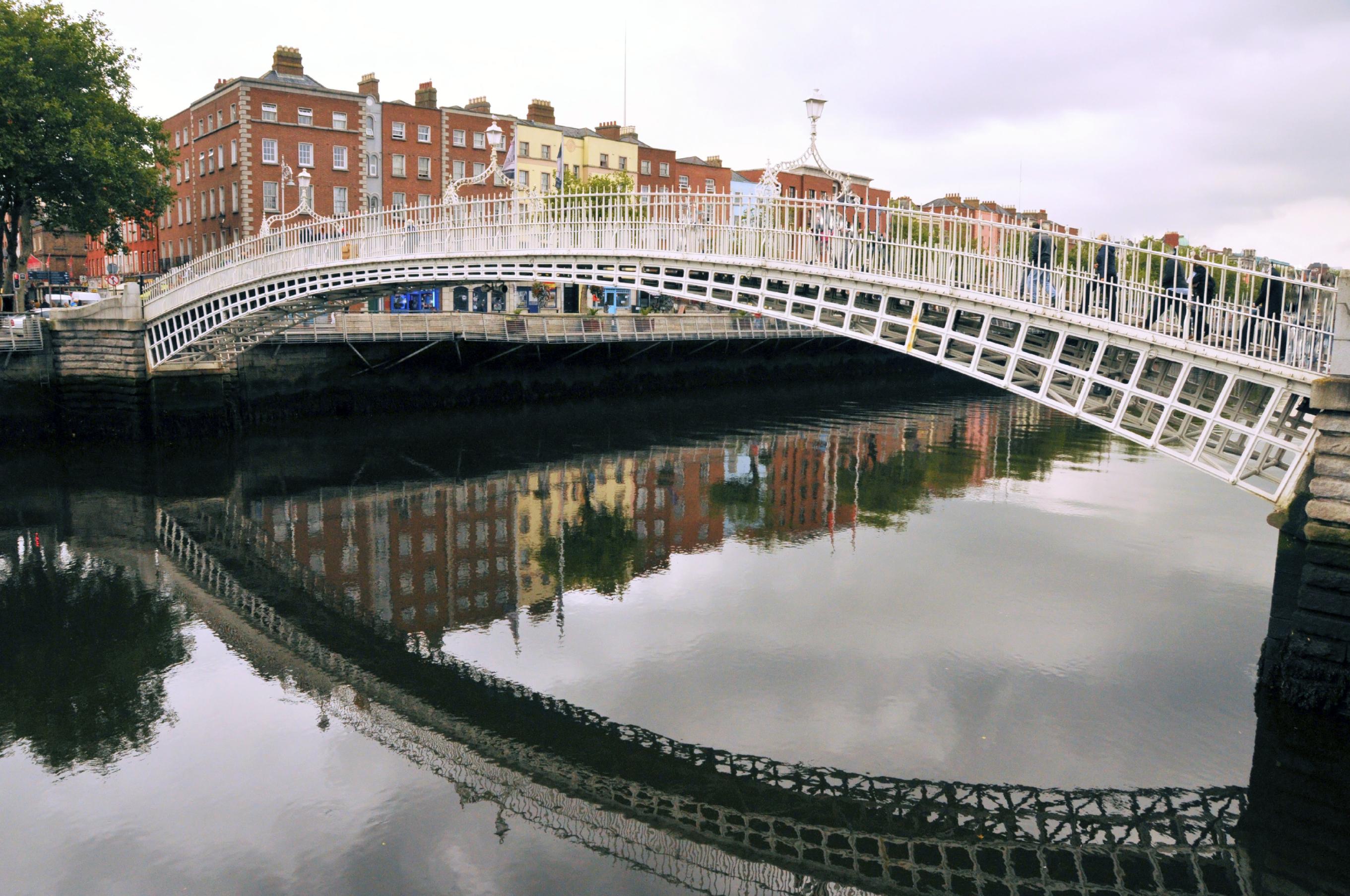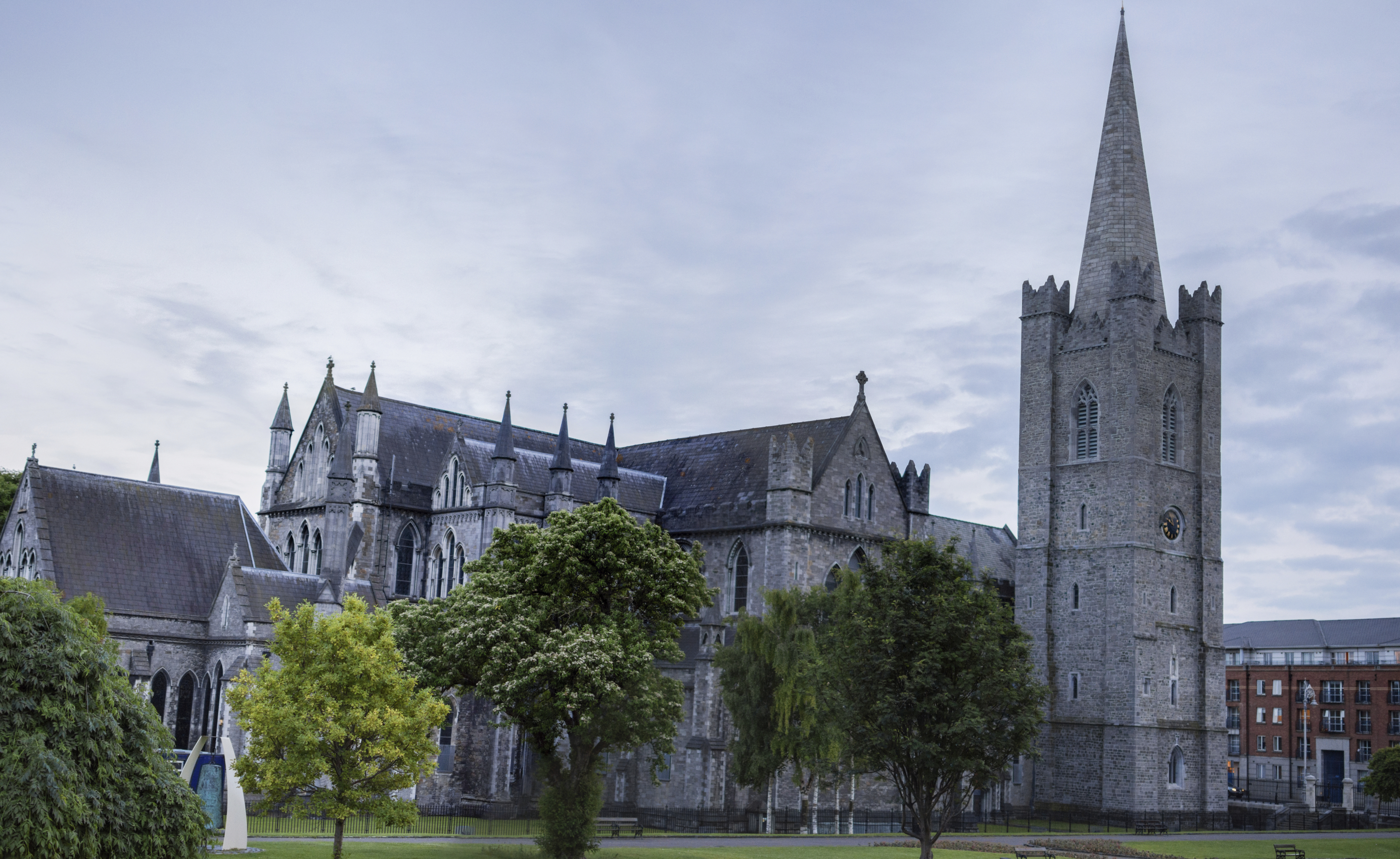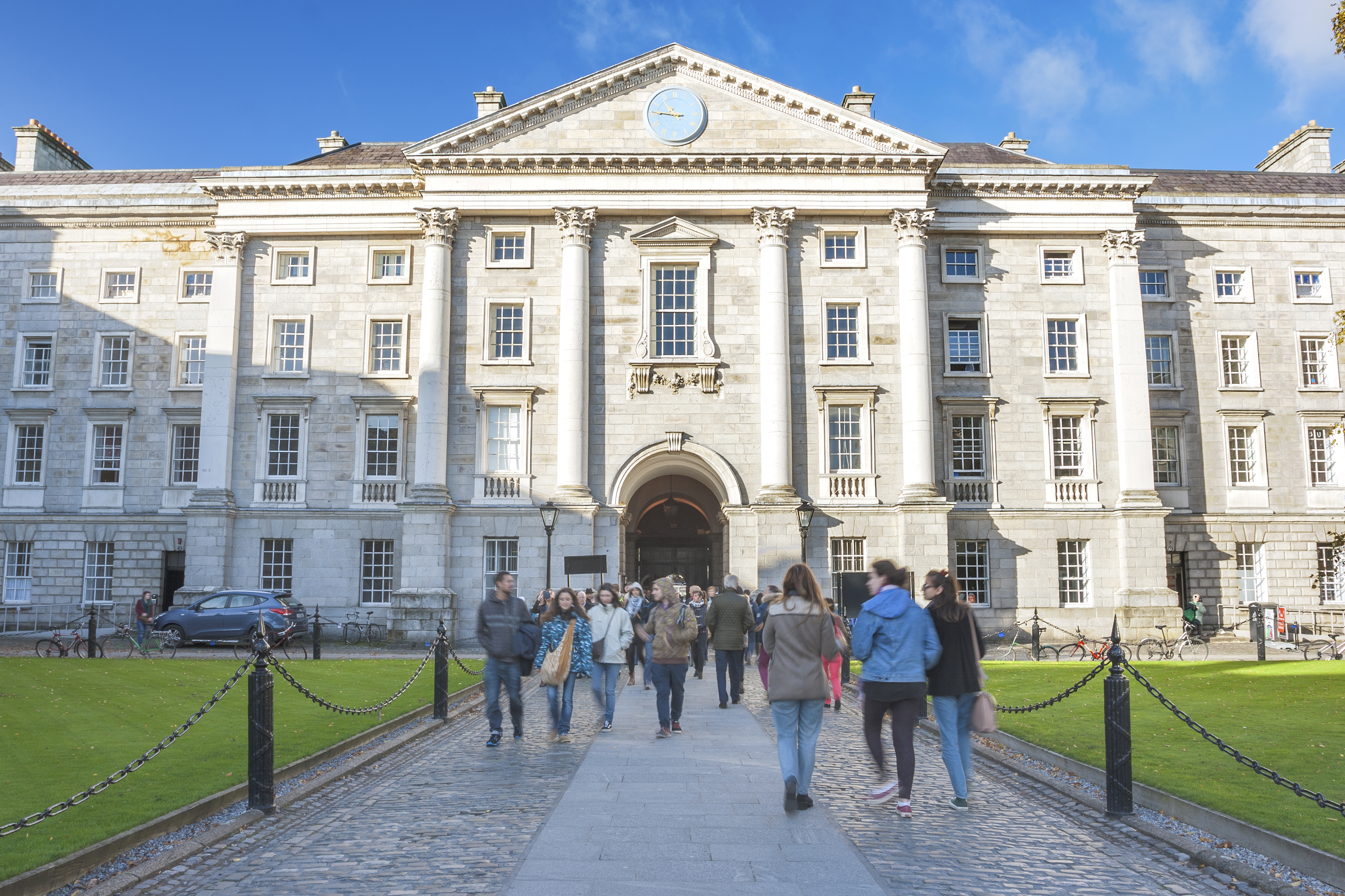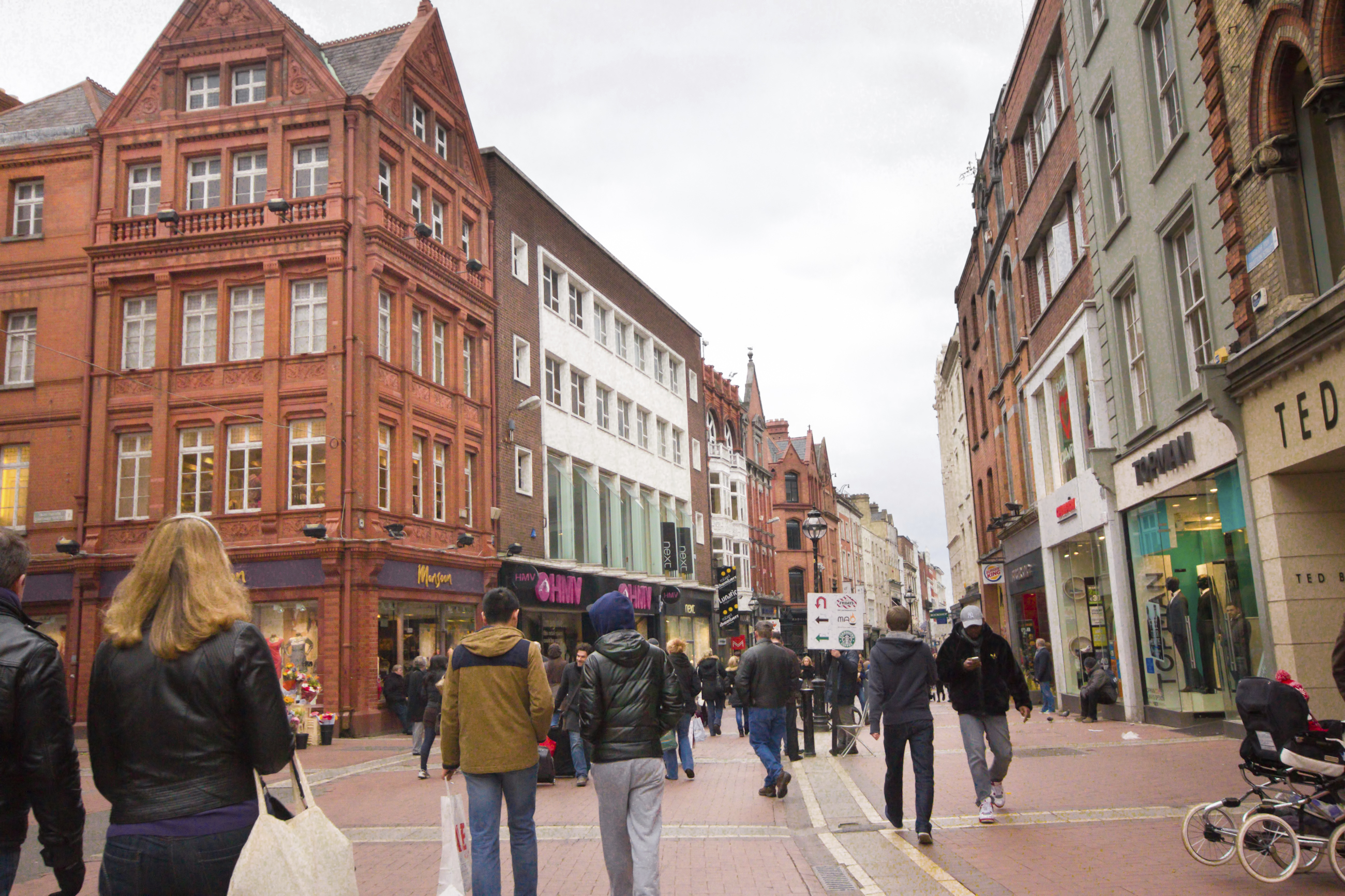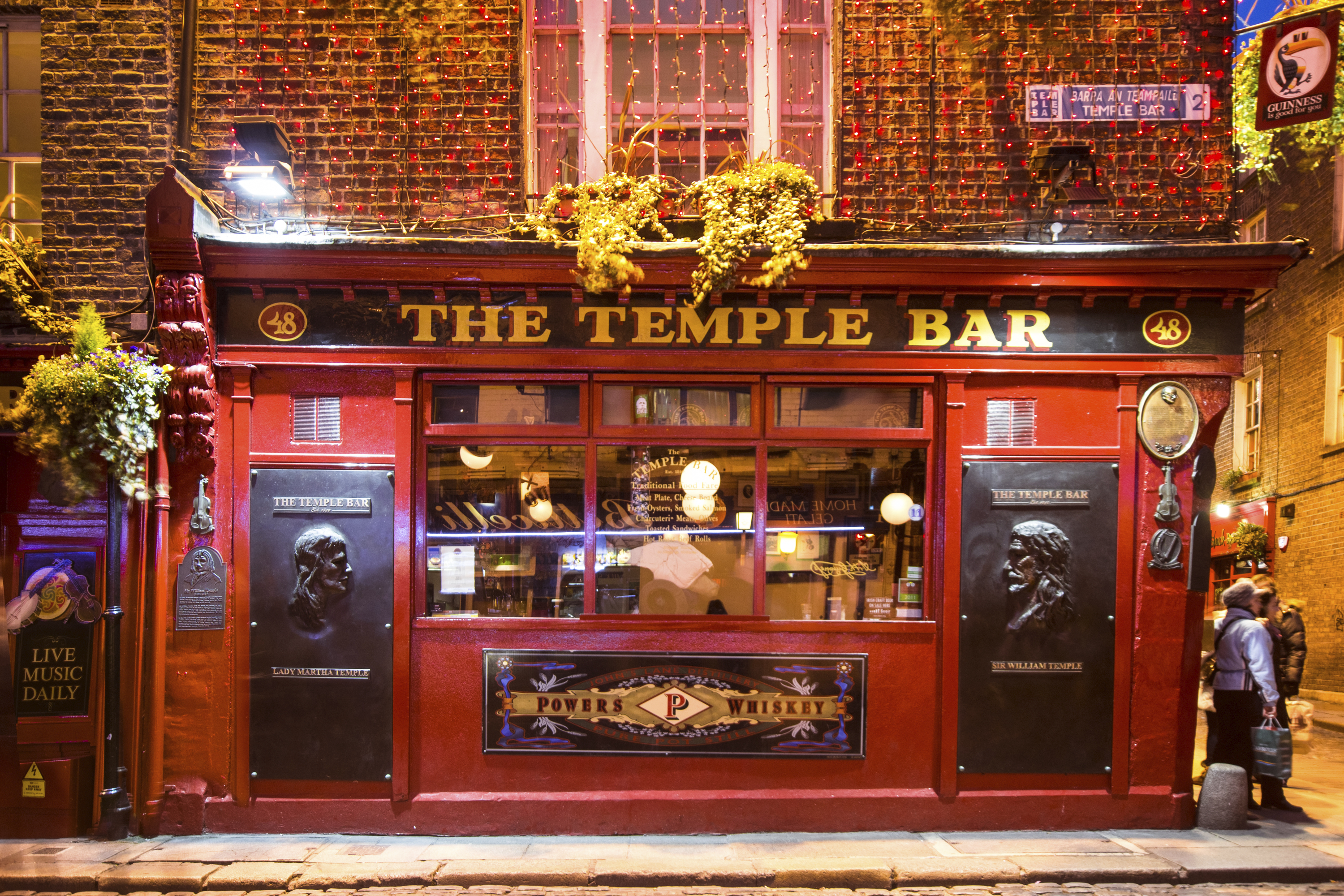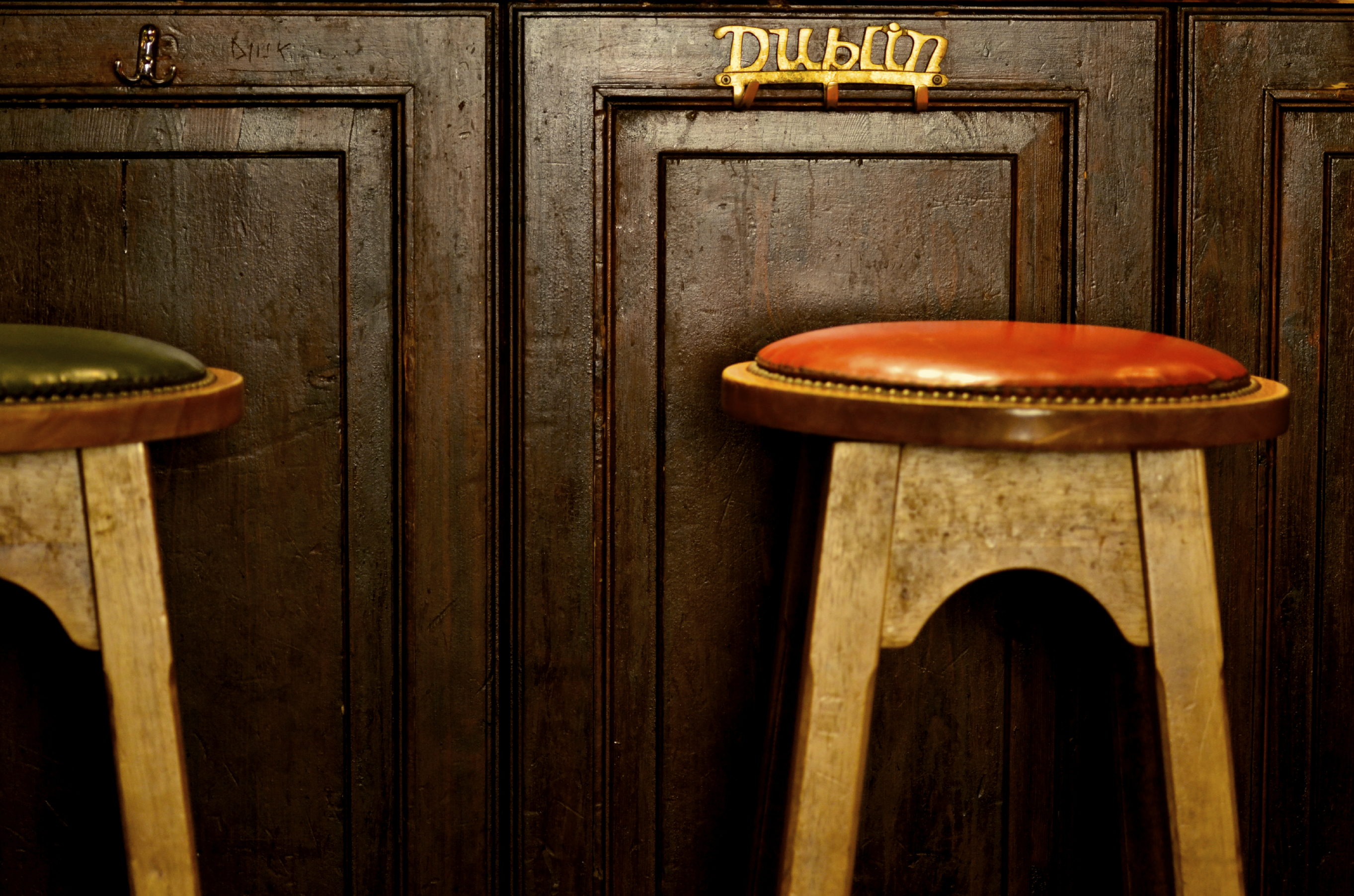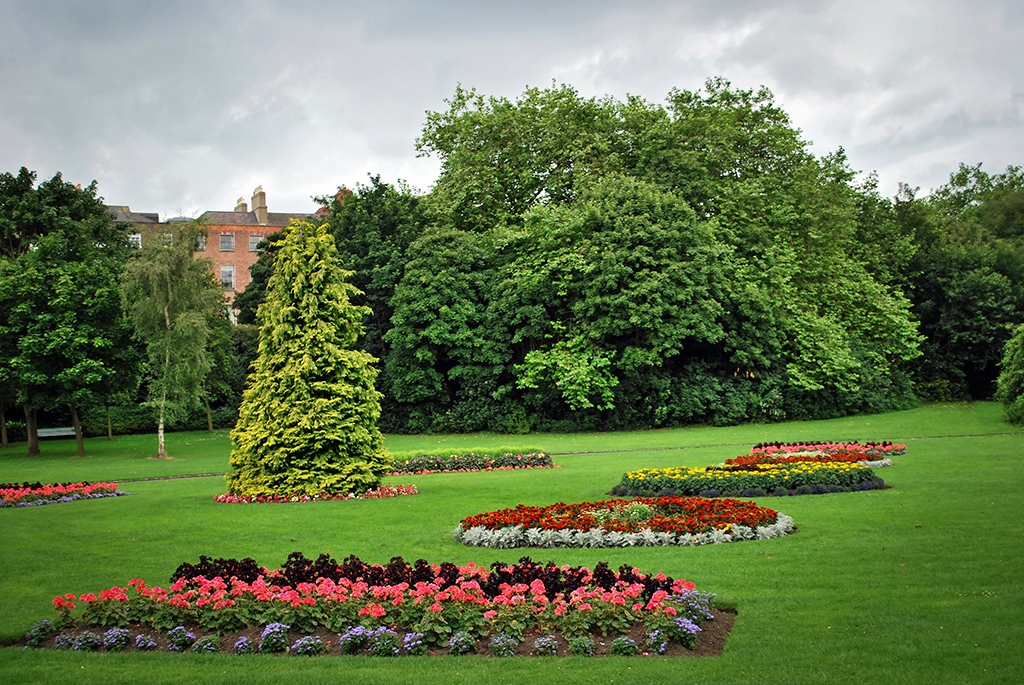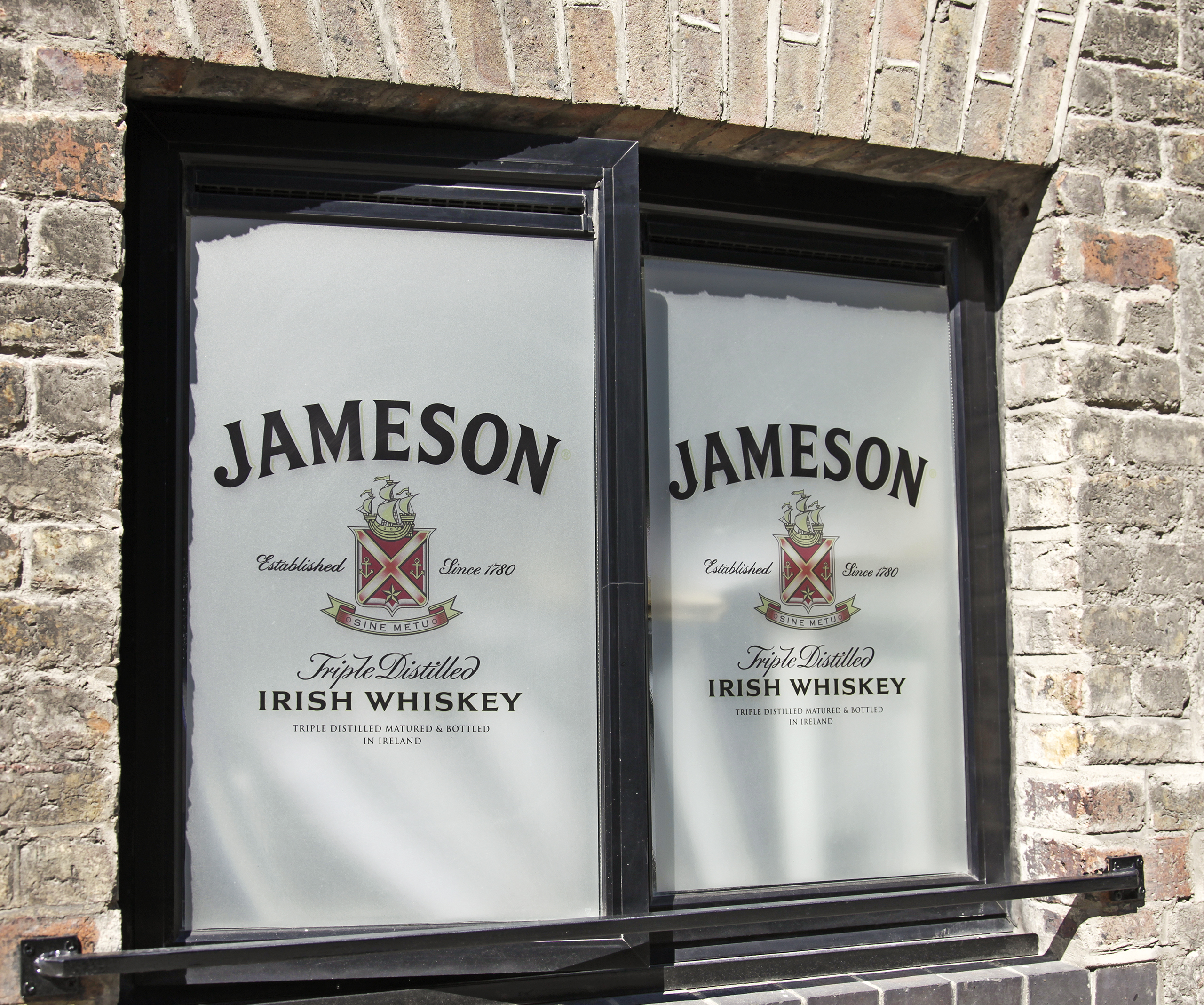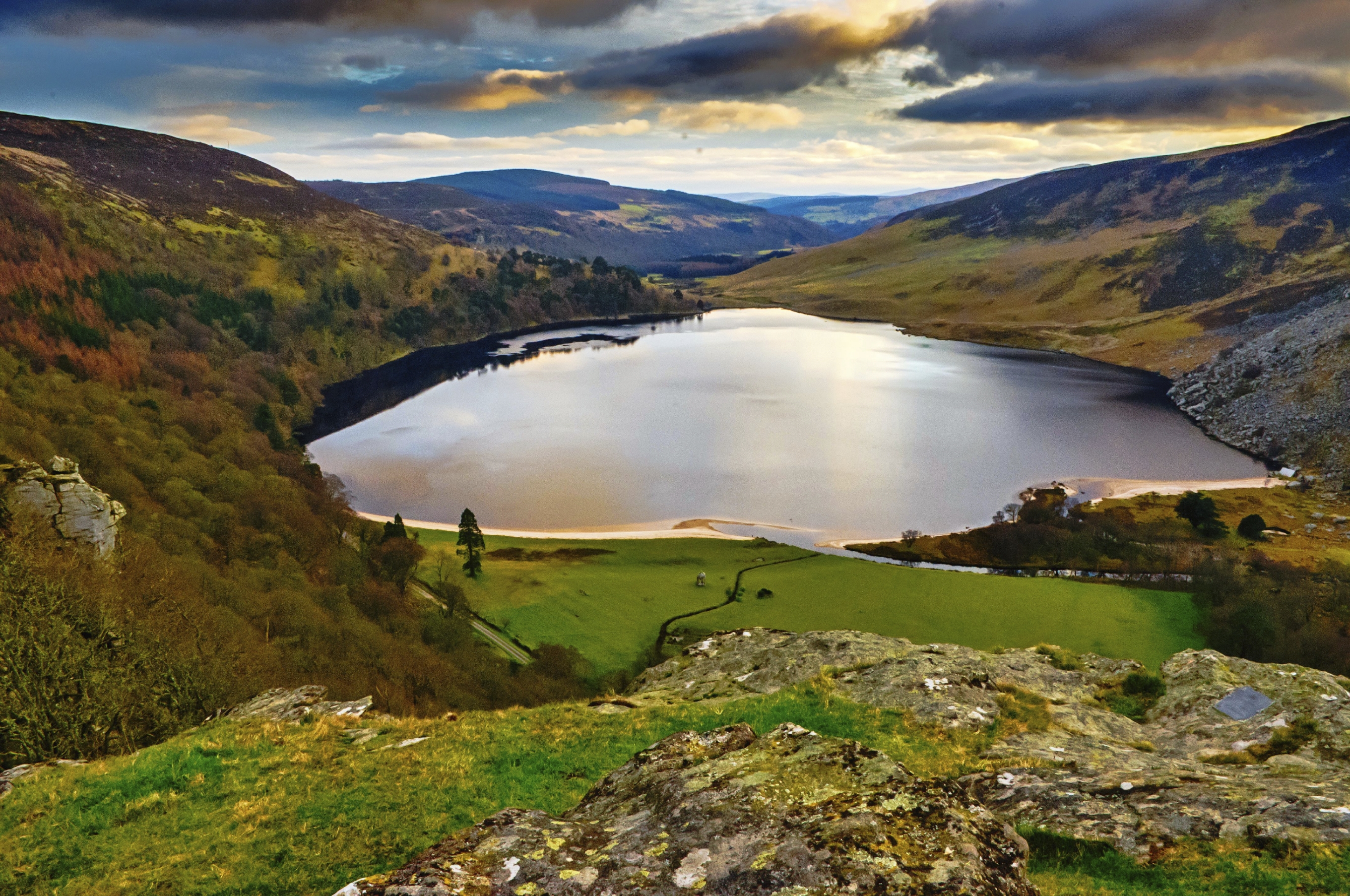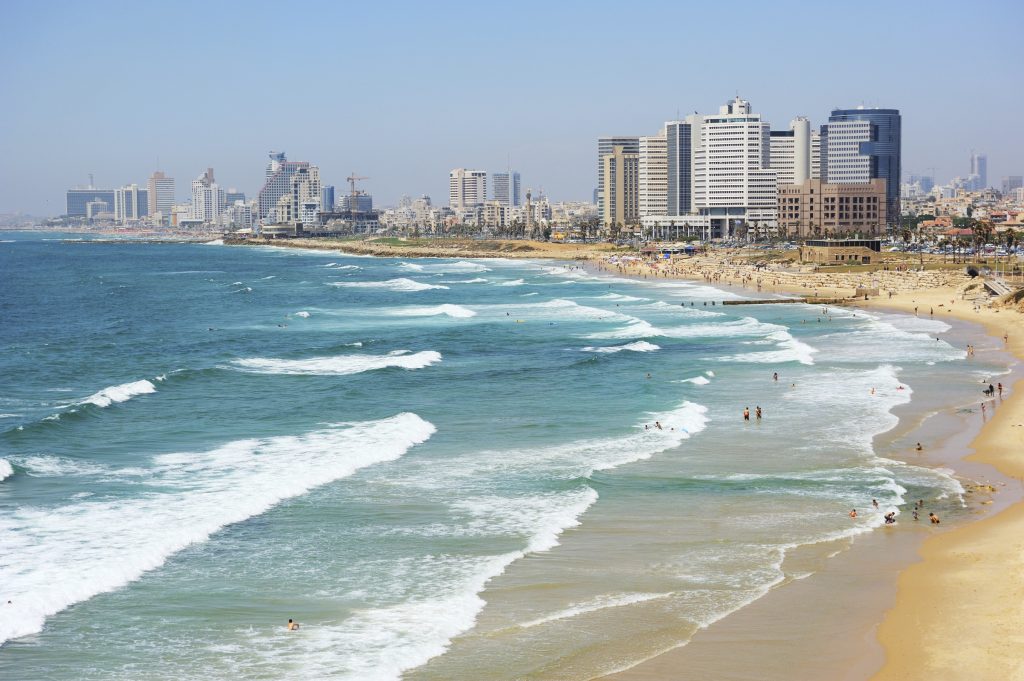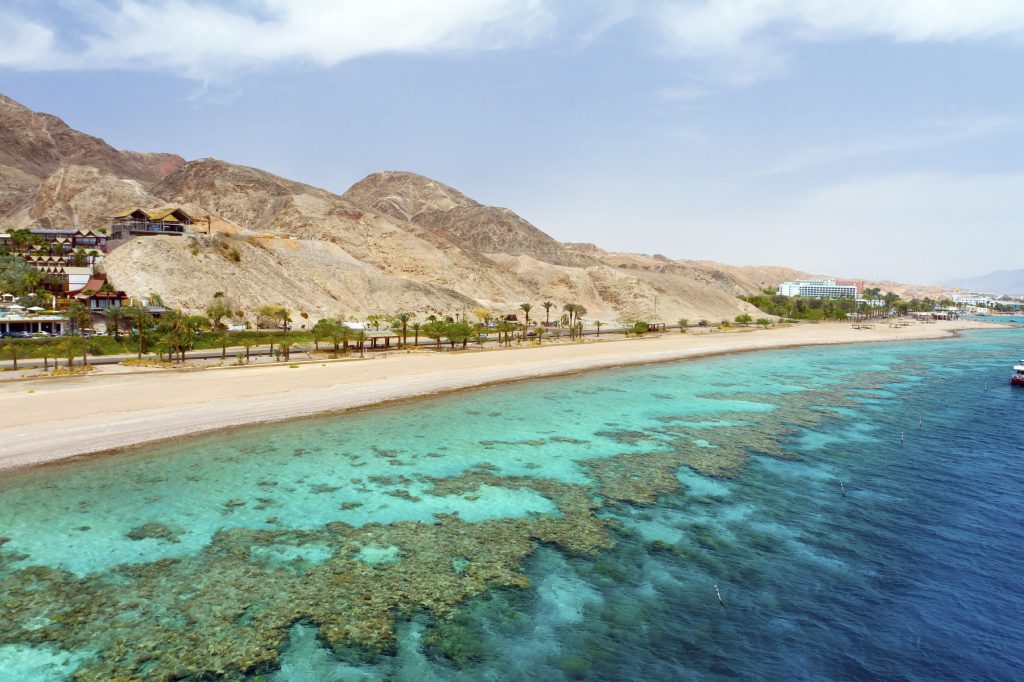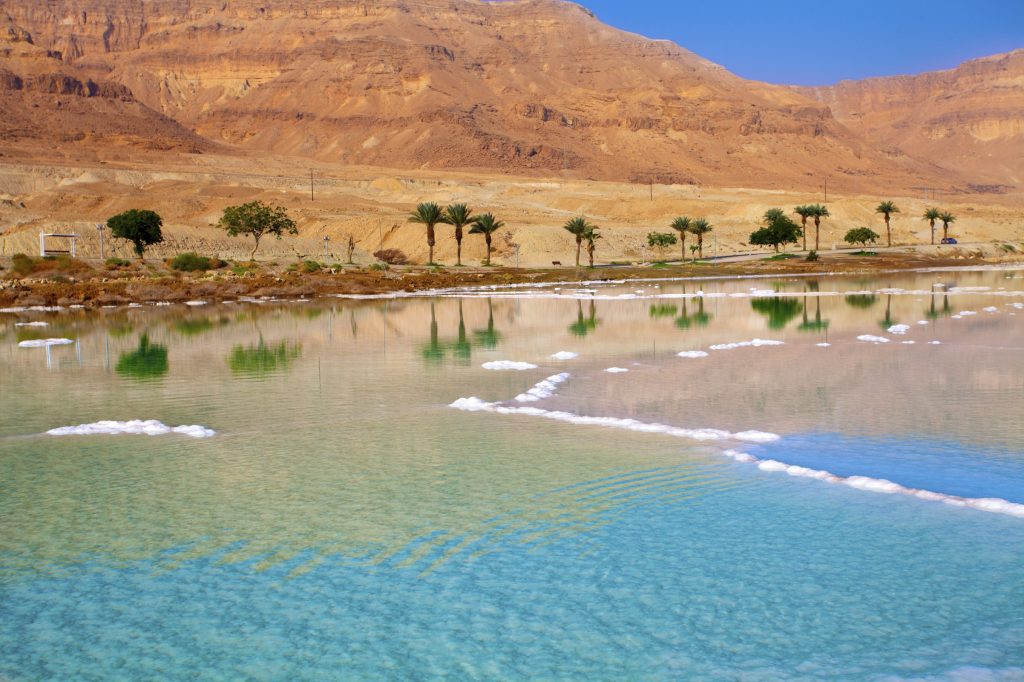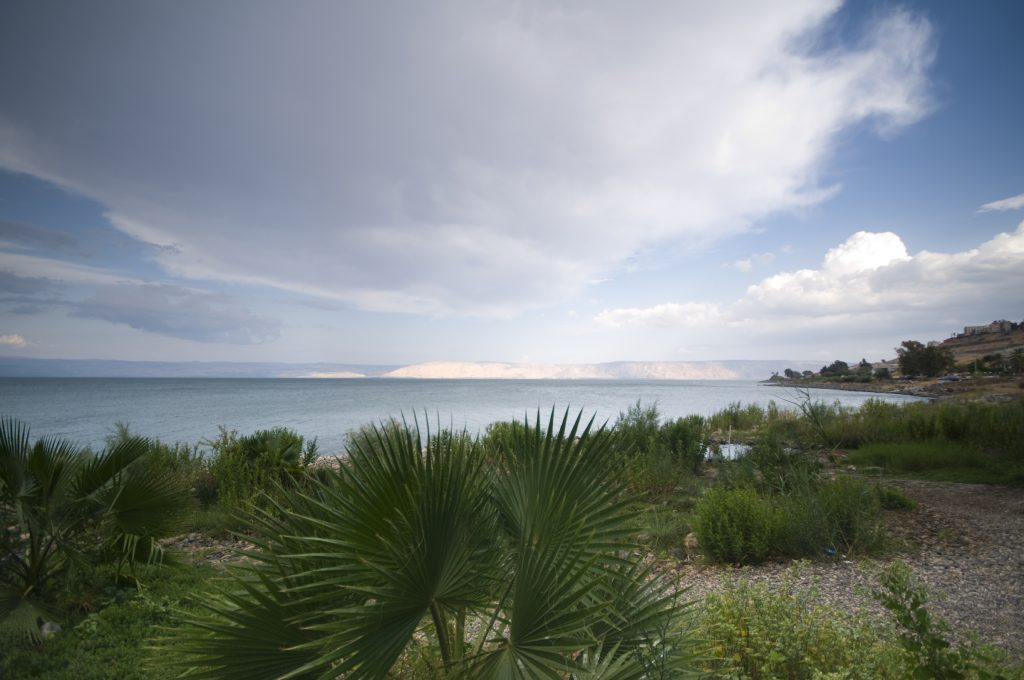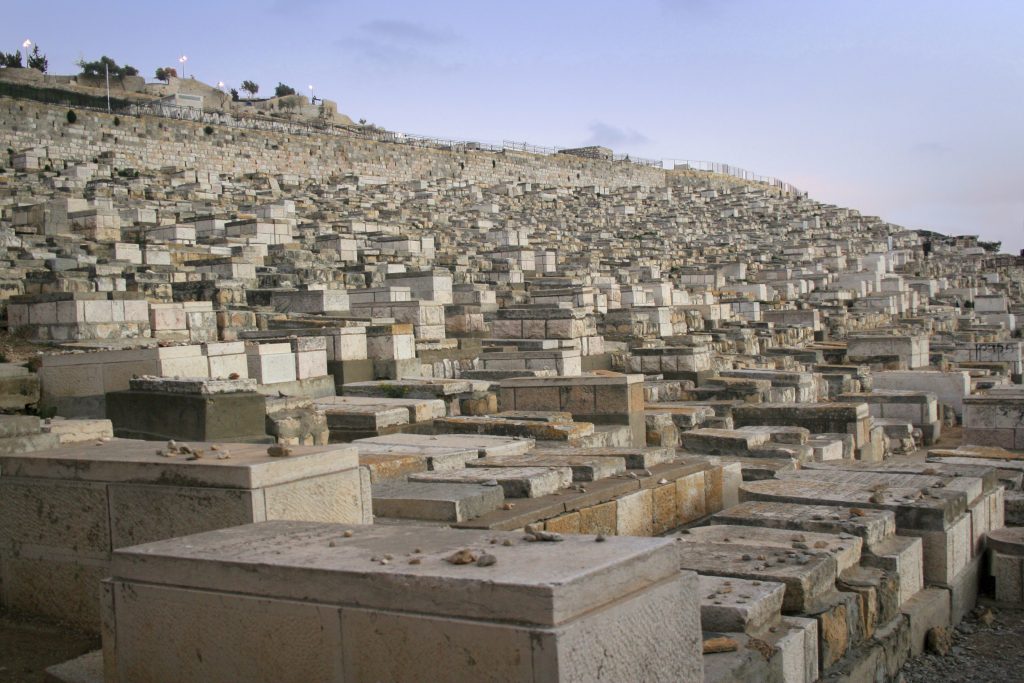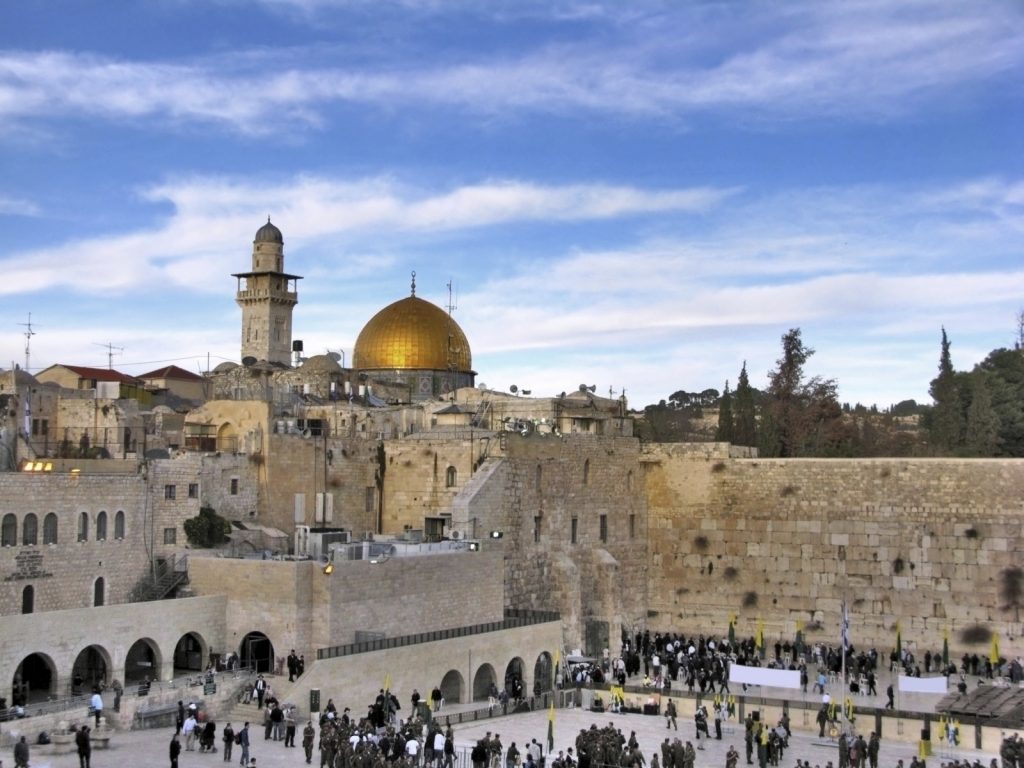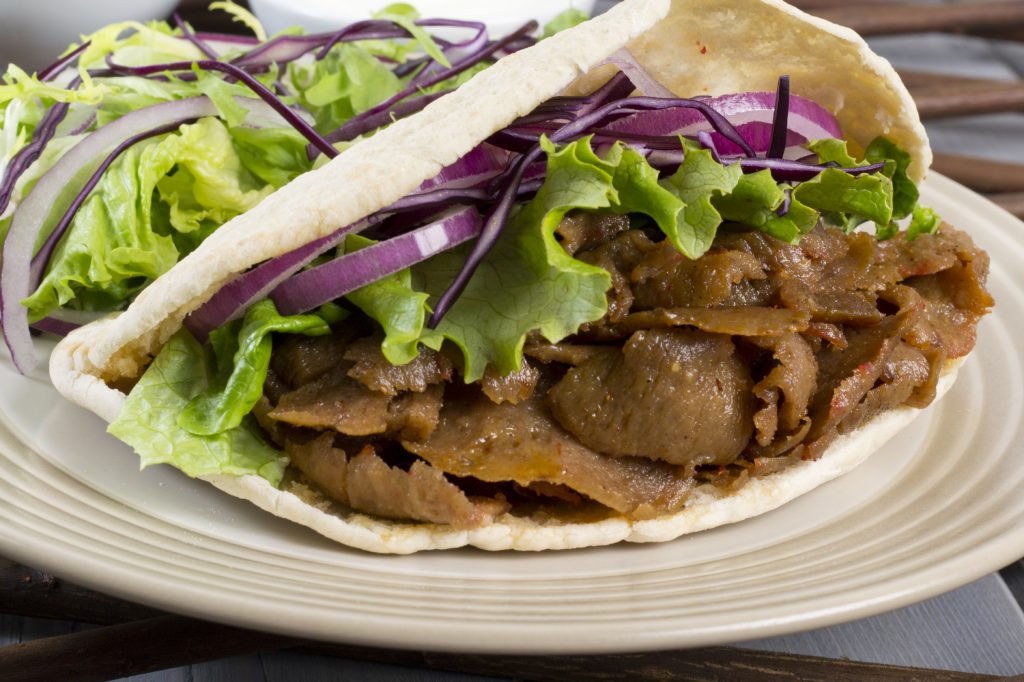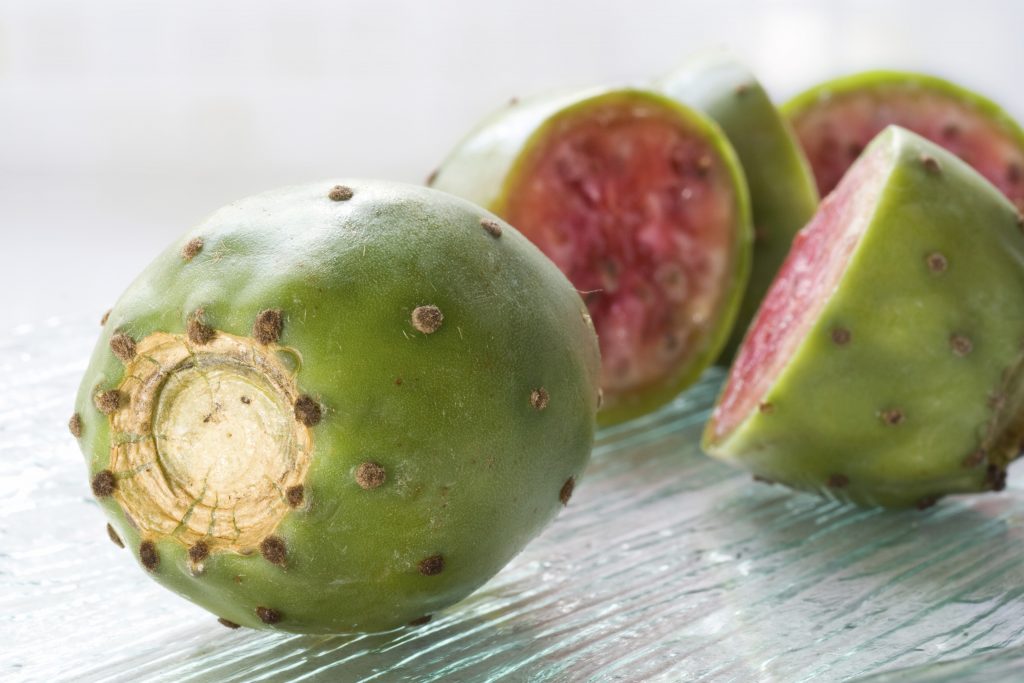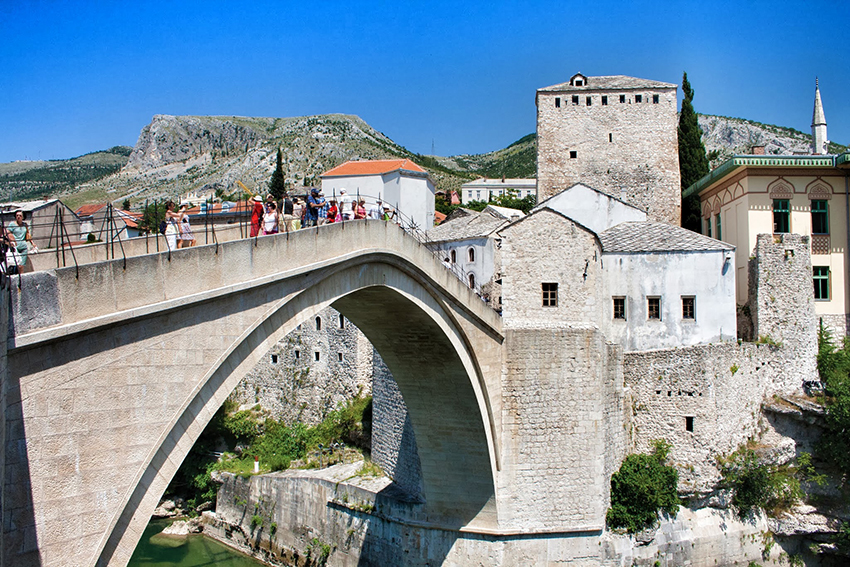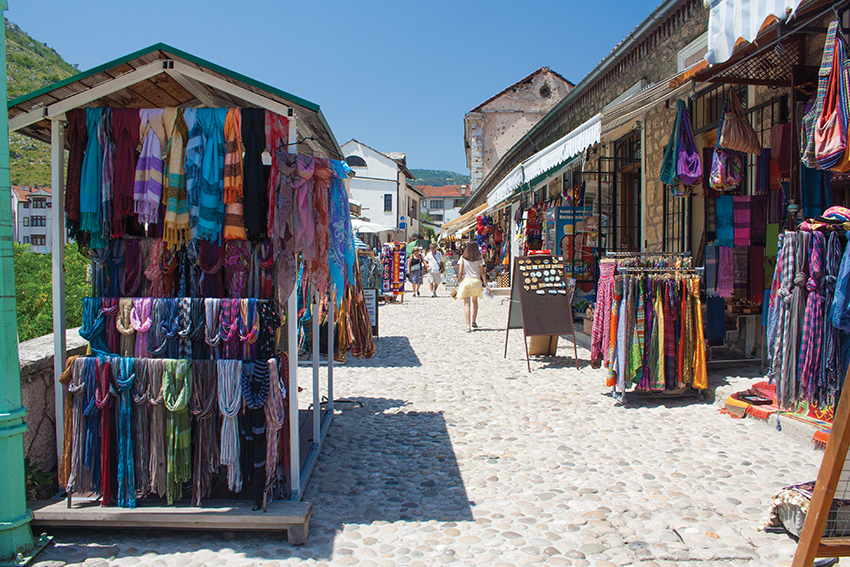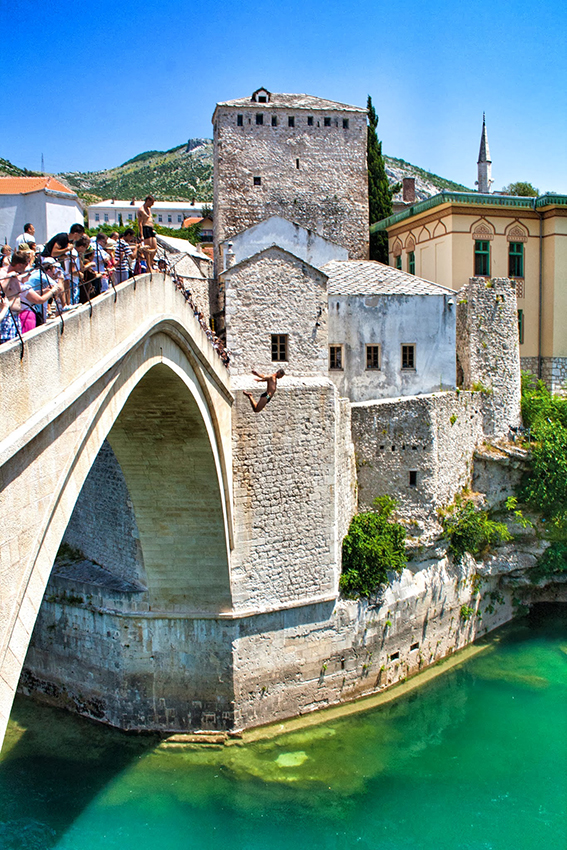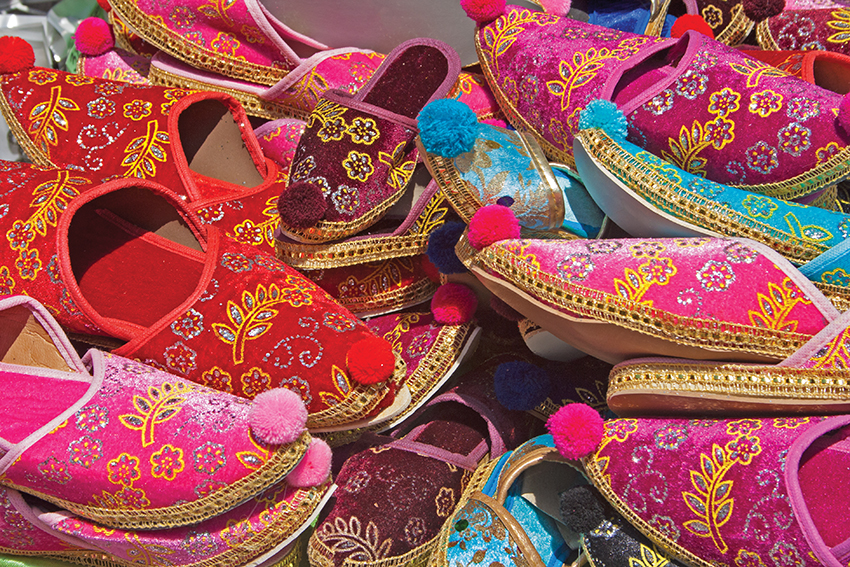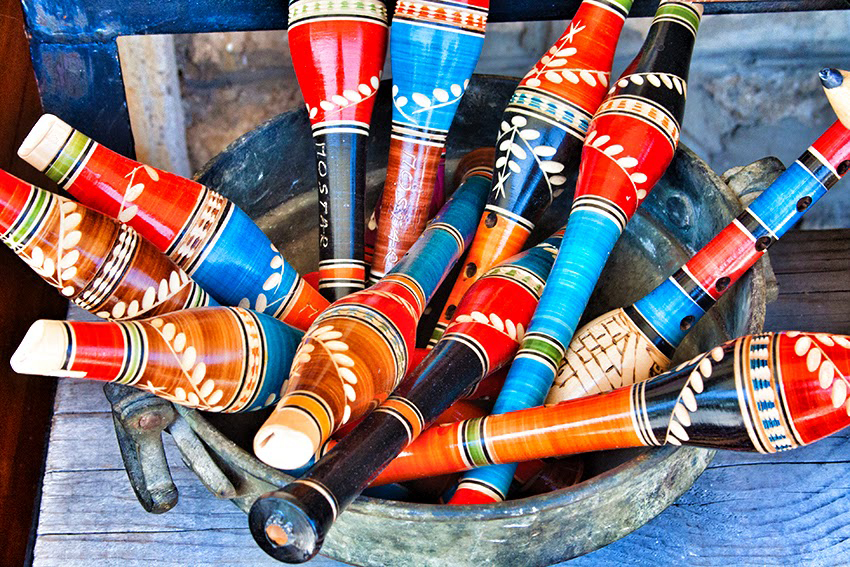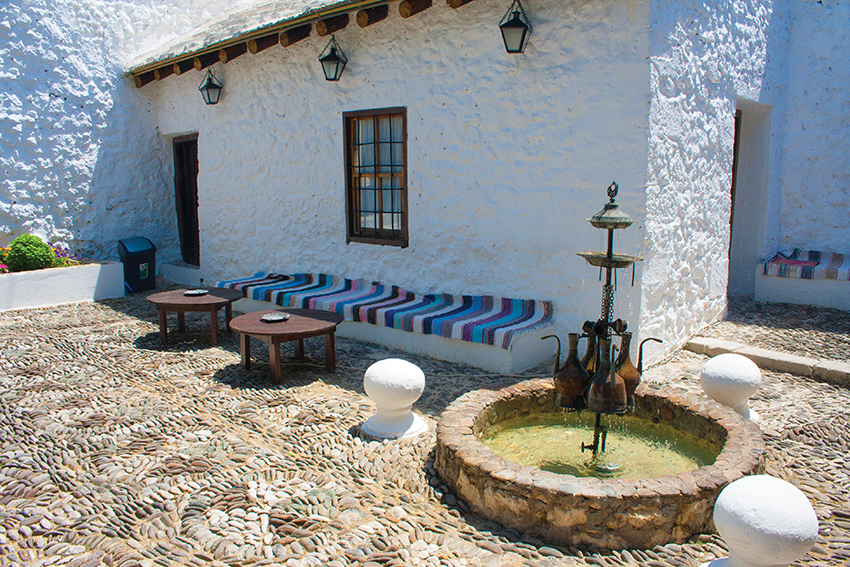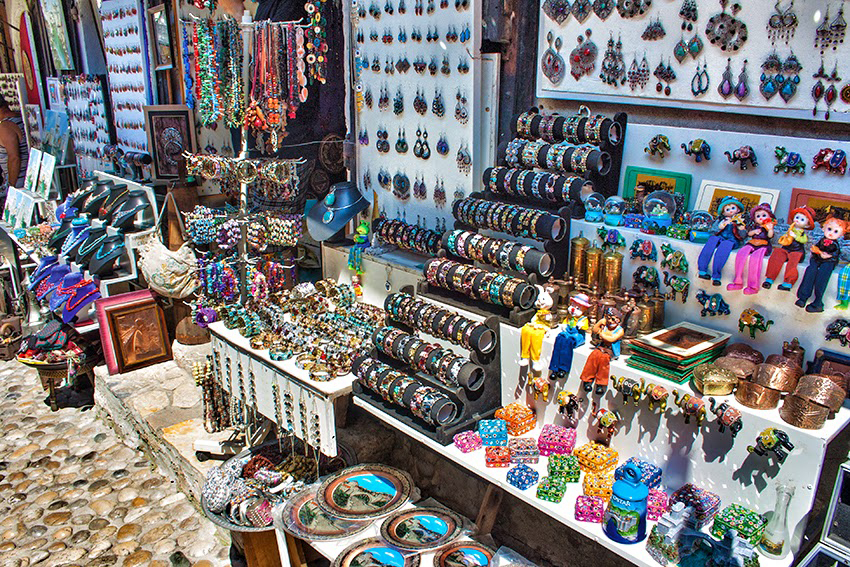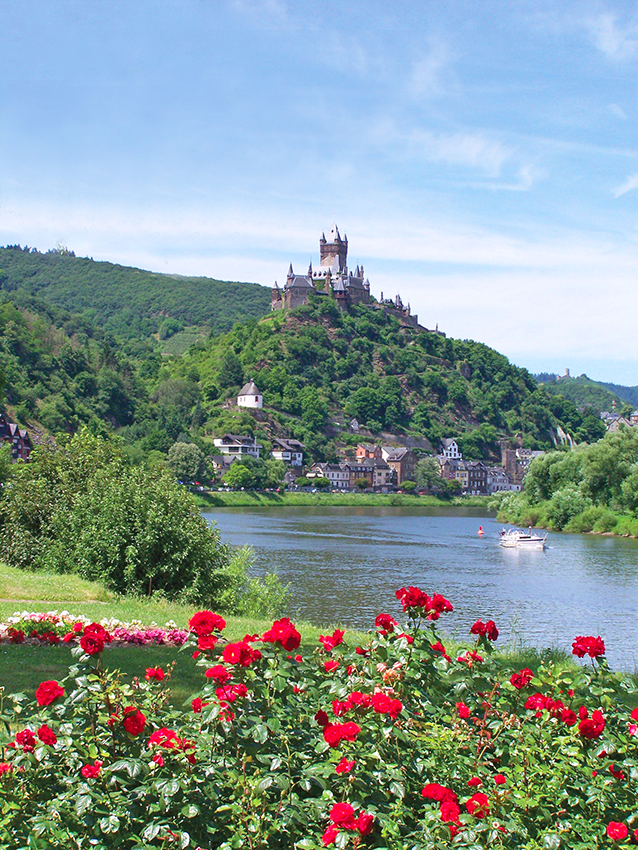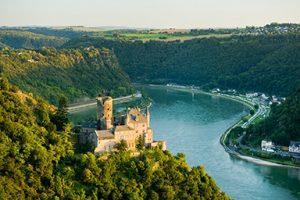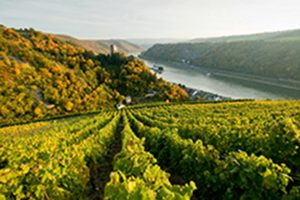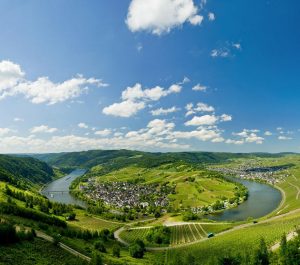We know that coach holidays are some of the best holidays that you can head off on, but some might say we are biased.
We get it, though. Some people may have never even considered a coach holiday before, for many reasons. But, we’re here to tackle that stereotype and tell you why coach holidays are great!
So, whether you’re new to coach travel, just want to see what it’s all about, or, of course, if you’re a seasoned traveller looking to sway your unconvinced friends and family, here are our top reasons to try a coach holiday in 2016.
Tick some of the best destinations off your list in one fun-filled trip.
Take Italy for example, we know it’s full of iconic places and it would probably take quite a few trips to see them all.
Venice, Lake Garda, Pisa AND Rome. We can dream, right? Well, there’s no need for dreaming, on a coach holiday, you can visit all of them during one trip. There are even tours that will take you to several different countries!
And, best of all, you don’t even have to lift a finger. You don’t have to worry about arranging your own transport and booking hotels in various destinations, it’s all part of your coach holiday package. Sounds ideal, right?
You don’t even have to stay close to home
Coach holidays are more than just fish and chips by the sea, they’ve entered the 21st century with a bang!
With exciting itineraries that will rival even the most enthusiastic traveller’s bucket list, you won’t be left longing for that gap year never taken.
With coach tours of New Zealand, South Africa and the USA thrown into the mix, you can sit back, relax and let some of the world’s most impressive destinations come to you.
You can use our local joining points
Forget about the long drive to the airport, hours in advance, the worry of parking and packing all your luggage into a small space. On a coach tour, we’ll pick you up closer to home.
With over 500 joining points around the UK, your holiday will start right away. There’s even the option to be picked up from your home with our door-to-door service. It doesn’t get much easier than that.
Plus, there’s a maximum of only 5 pick-ups on your journey, so you know you’ll be on your way in no time.
Meet new people
Coach holidays are a great opportunity to socialise and meet some fantastic new friends, this also makes them a great choice for single travellers.
If the fear of setting off alone has held you back, you can be safe in the knowledge that you will be included and looked after with your tour group, guides and drivers.
Plus, with lounge facilities on board, our Silver Service coaches with drinks and snacks available, it’s almost like a hotel on wheels.
But, the Journey is long and boring, you say?
Whilst we do have a lot of ground to cover in some cases, the journeys certainly aren’t boring, and here’s why…
Entertainment
Of course, you can bring your own entertainment. Books, magazines, Sudoku, even bring along a pillow if you fancy catching a few hours’ sleep. But, we also like to do things a little more high-tech.
Take our Luxuria coach, for example, you will have a world of fun right at your fingertips. Your own, personal, seat back T.V. and entertainment system with USB ports and plug sockets to keep your devices charged, the journey might not be long enough to fit it all in!
Fantastic Scenery
Don’t get us wrong, the view from up in the clouds is pretty spectacular, but it gets a bit samey, don’t you think?
Swap those clouds for something a little different. How about a jaunt through the snow-capped mountains of the Alps? Or, maybe driving along the stunning Amalfi Coast? The Wild Atlantic Way?
When even your journey is a photo opportunity, you know you’re in for a good ride.
And, whilst we’re talking about those photo opportunities, get your selfie-sticks at the ready…
On a coach holiday, you’ll get dropped off at the places that you want to see, and with guided tours and knowledgeable drivers you won’t be left fumbling with maps, you’ll be ready to get those picture-perfect holiday snaps right away, so keep your cameras charged!
Even after all that, you’re not convinced to try the whole coach travel experience
There’s the option to fly to-and-from your holiday with our Air Holiday packages, and we’ll pick you up right from the airport. The best of both worlds!
But that’s enough about us, what do you think are the highlights of a coach holiday? Let us know in the comments.
